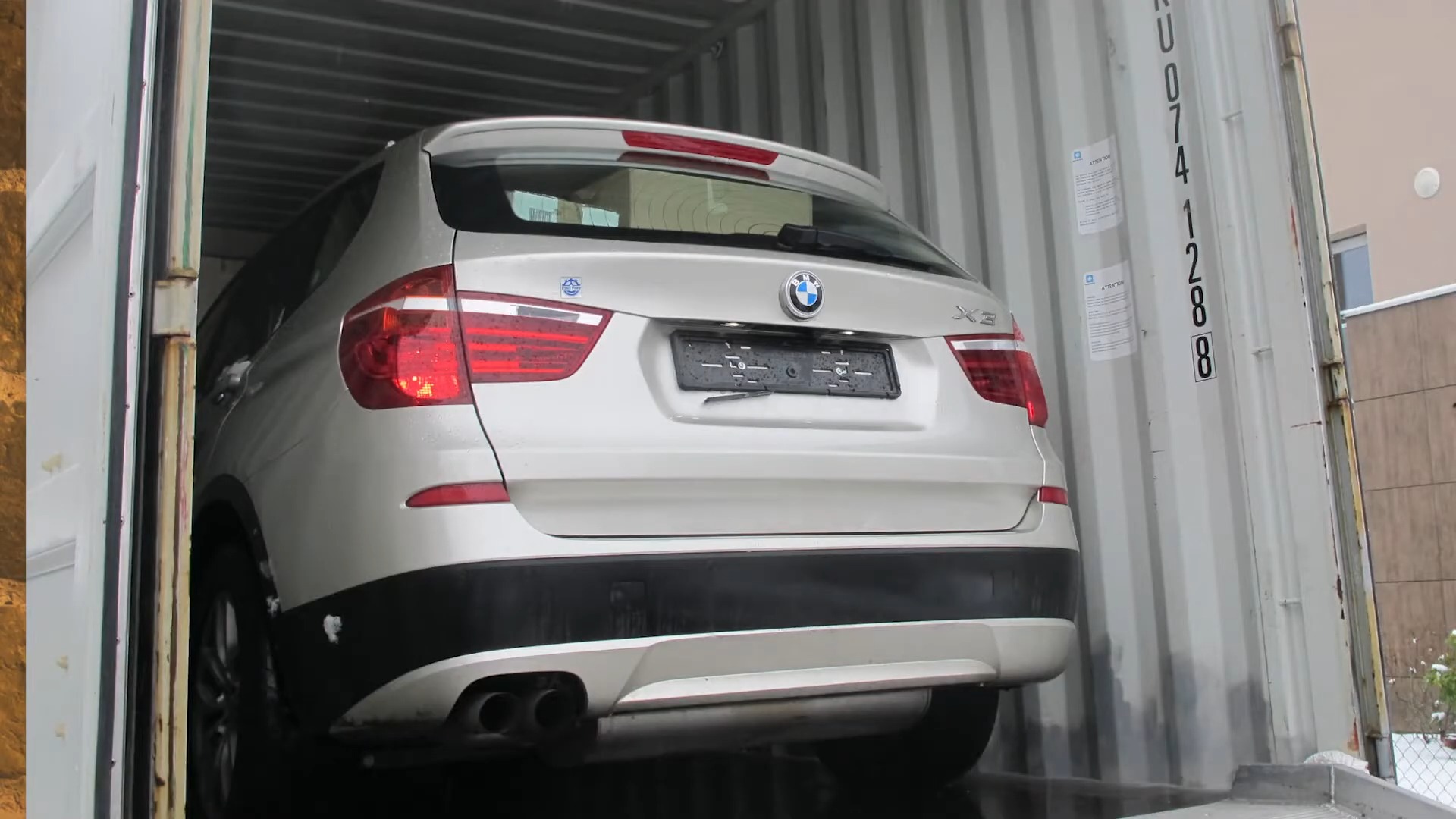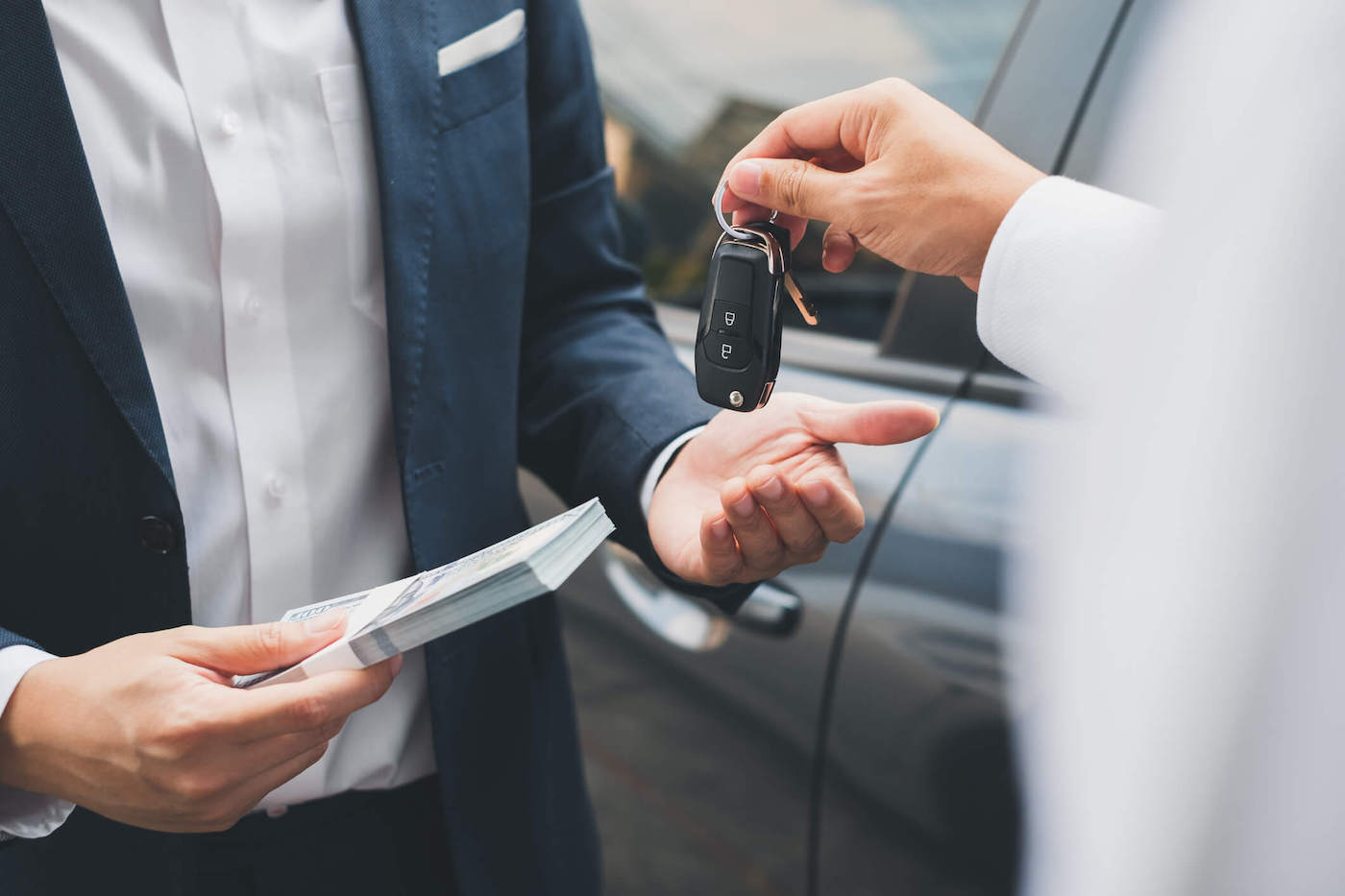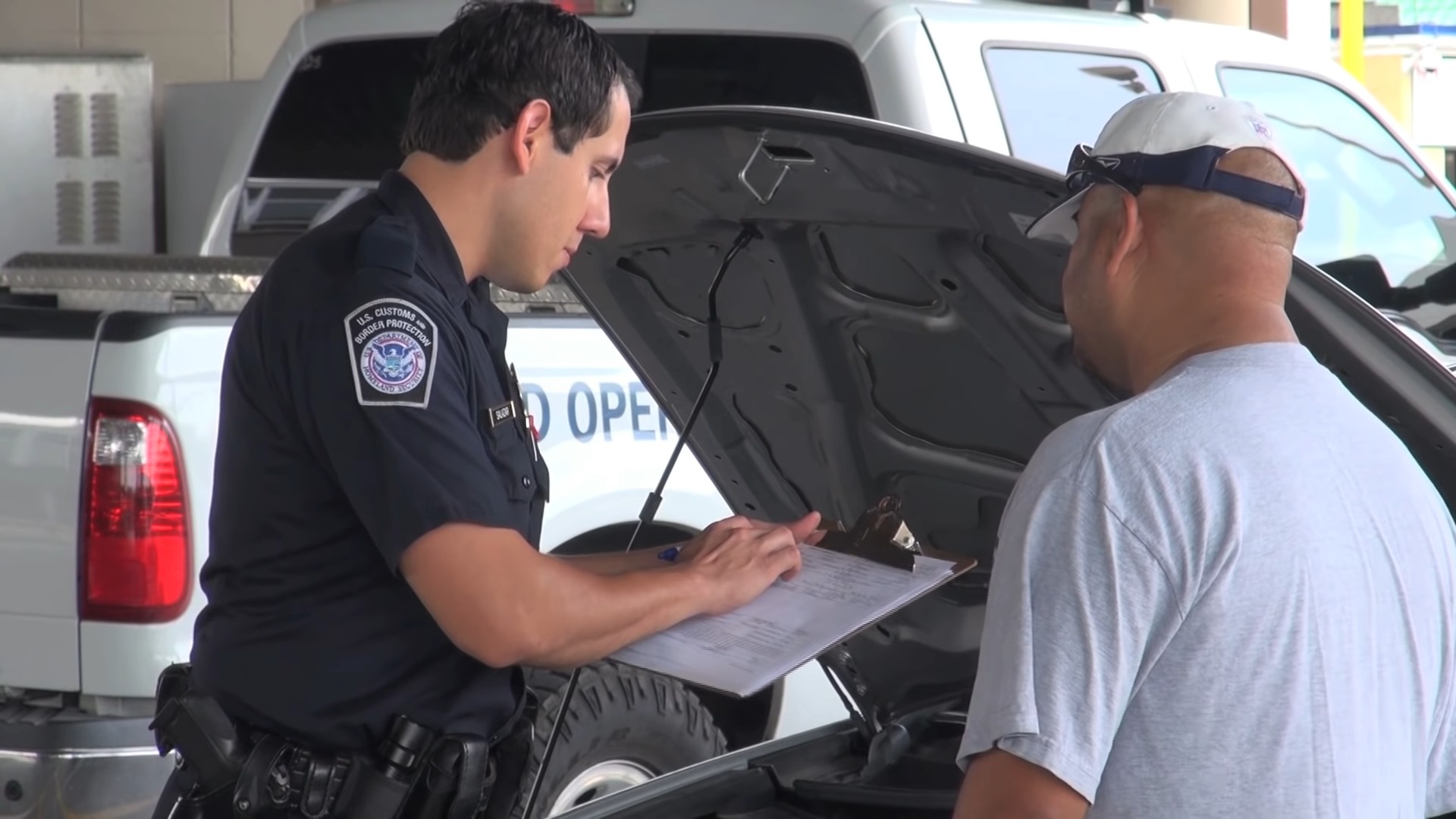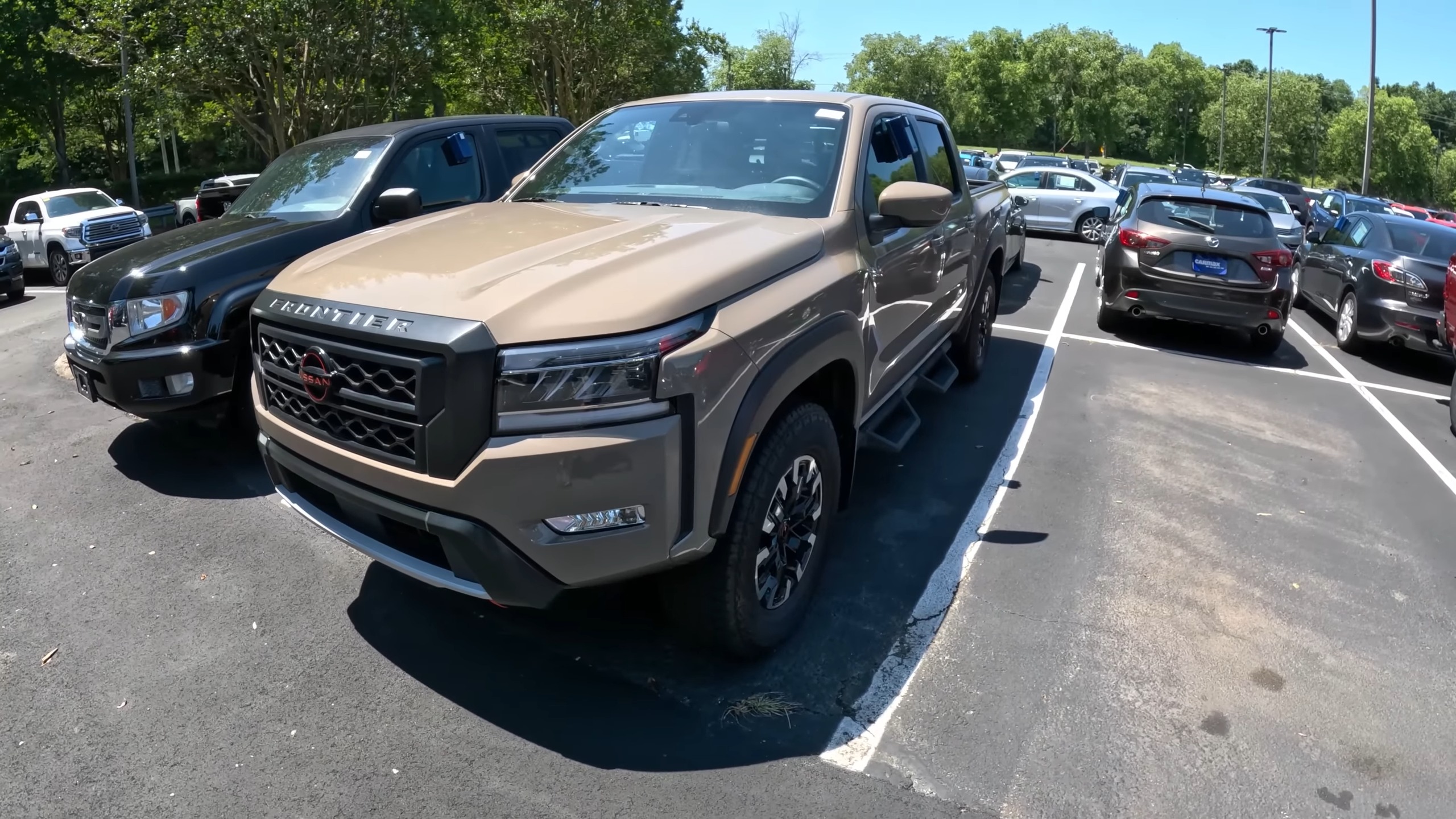If you’re a Canadian looking to sell your car in the United States, you may be wondering about the feasibility and the necessary steps involved. The short answer is yes, you can sell a Canadian car in the U.S., but it requires careful planning and adherence to specific regulations.
This process involves understanding and complying with U.S. import laws, preparing your vehicle for sale, handling the necessary paperwork, and navigating the logistics of a cross-border transaction.
This blog post is designed to guide you through each step, drawing from personal experiences and providing practical advice to ensure a smooth and legal sale.
Legal Framework

Before considering a sale, it’s essential to grasp the legalities involved. The United States has stringent regulations regarding vehicle imports, including those sold by foreigners as per U.S. Customs and Border Protection (CBP), along with the Department of Transportation (DOT) and the Environmental Protection Agency (EPA), all have a say in what vehicles can enter the country.
From my personal experience, ensuring that your car meets U.S. standards is the first critical step. This means it must comply with safety, bumper, theft prevention, and emission standards set by the DOT and EPA. If your car is relatively new, it’s likely to meet these standards, but older models may require modifications.
Compliance and Conformity
Navigating the compliance landscape can be daunting. According to NHTSA Each vehicle sold in the U.S. must have a label certifying that it conforms to all applicable federal motor vehicle safety standards (FMVSS). If your car lacks this label, you’ll need to work with a Registered Importer (RI) to bring it into compliance.
In my journey, I learned that the RI plays a pivotal role. They are responsible for ensuring that any necessary modifications are made and that the vehicle is legally documented for sale. This process can be time-consuming and costly, so it’s vital to factor this into your decision to sell your car in the U.S.
Preparing for Sale
The paperwork involved in selling a car in the U.S. as a Canadian is substantial. You’ll need to provide proof of ownership, which typically involves the vehicle’s title. Additionally, you must clear any liens on the vehicle and provide a bill of sale.
Drawing from my own experience, I recommend gathering these documents early on. I also found it helpful to create a checklist of all required documents to ensure nothing was overlooked. This preparation can save you from delays or complications during the sale process.
Vehicle Readiness
Ensuring your car is ready for sale goes beyond mechanical soundness. It should be presentable, which means thorough cleaning and making minor repairs that could affect the vehicle’s value. Remember, first impressions count, and in the competitive U.S. car market, you want your vehicle to stand out.
Marketing Your Car
In today’s digital age, online platforms are the go-to for selling cars. Websites like AutoTrader, eBay Motors, and Craigslist are popular among private sellers. Crafting a compelling listing with high-quality photos and a detailed description is key to attracting buyers.
From my experience, honesty in your listing is as important as the visuals. Be transparent about the car’s condition, history, and any modifications made for U.S. compliance. This builds trust with potential buyers and can lead to a smoother transaction.
Networking and Word-of-Mouth
Never underestimate the power of networking. Tapping into your personal and professional networks can lead to potential buyers. Social media channels, automotive forums, and community boards are excellent places to spread the word.
I found that sharing my intent to sell within my circles generated interest even before the car was officially listed. Friends and acquaintances who knew me were more inclined to consider the purchase, knowing the car’s history and maintenance firsthand.
Navigating the Sale Process
Setting the right price for your car is a delicate balance. It must be competitive enough to attract buyers but also reflect the car’s true value, including any expenses incurred to meet U.S. standards. Researching the U.S. market for similar vehicles can provide a benchmark.
Communication with Buyers
Effective communication is crucial when dealing with potential buyers. Be prepared to answer questions and provide additional information promptly. It’s also important to be clear about the terms of sale, especially regarding payment and transfer of ownership.
During my sale, I made sure to respond quickly to inquiries and set clear expectations. This helped build a rapport with buyers and facilitated a smoother transaction. Remember, clear and timely communication can often be the deciding factor for a buyer.
Finalizing the Transaction
When it comes to payment, security is paramount. Options like bank transfers, certified checks, or escrow services can protect both parties. Avoid cash deals or personal checks due to the risk of fraud.
I opted for a bank transfer, which provided a record of the transaction and peace of mind. Ensure that all funds are cleared before transferring ownership and handing over the keys.
Transfer of Ownership
The final step is the transfer of ownership. This involves signing over the title, providing a bill of sale, and removing your license plates. It’s also wise to notify your insurance company and cancel your policy once the sale is complete.
In my experience, accompanying the buyer to their local DMV can expedite the process and ensure all paperwork is filed correctly. This final act of customer service can leave a positive lasting impression and potentially lead to referrals.
After the Sale
Even after the sale is complete, there may be post-sale responsibilities to attend to. Ensure that you have records of the sale and that you’ve completed any necessary notifications to your province’s vehicle registration body.
For those interested in not just selling, but also potentially profiting from buying and selling cars, understanding which vehicles offer the best return can be crucial; you might find this list of the best cars for flipping to make a profit particularly insightful.
Frequently Asked Questions (FAQs)
Do I need to pay taxes when selling a Canadian car in the U.S.?
Yes, you may be subject to state and local taxes in the U.S. upon the sale of your vehicle. It’s important to consult with a tax professional to understand the specific tax implications.
Can I sell my leased Canadian car in the U.S.?
Selling a leased car involves additional steps, such as obtaining permission from the leasing company and ensuring the lease contract allows for such transactions. It’s often more complicated and may not be permitted by your lease agreement.
How long does the process take to sell a Canadian car in the U.S.?
The timeline can vary widely depending on factors like vehicle compliance, paperwork, and finding a buyer. It could take several weeks to several months.
Are there any specific U.S. states where selling a Canadian car is easier?
Regulations are federally mandated, but some states may have additional requirements or a more streamlined process. It’s best to research the specific state’s DMV regulations where you intend to sell.
What if my Canadian car doesn’t meet U.S. compliance standards?
You may need to work with a Registered Importer to modify the car to meet U.S. standards, which can be costly and time-consuming.
Can I drive my Canadian car to the U.S. to sell it?
You can drive your car to the U.S., but you’ll need to ensure you have the proper insurance and temporary import paperwork for the journey.
Is it necessary to have a U.S. address to sell my car there?
Not necessarily, but having a U.S. address can simplify the process, particularly for paperwork and potential buyer trus
Conclusion
Selling a Canadian car in the U.S. is not a straightforward task, but with the right preparation, knowledge, and approach, it can be accomplished successfully. The key is to understand the legal requirements, prepare your vehicle and documentation thoroughly, market effectively, navigate the sale process with transparency, and ensure a secure transaction. By sharing my personal experience and the lessons learned, I hope to have provided a roadmap that can help you in your own journey of selling a car across the border.

















